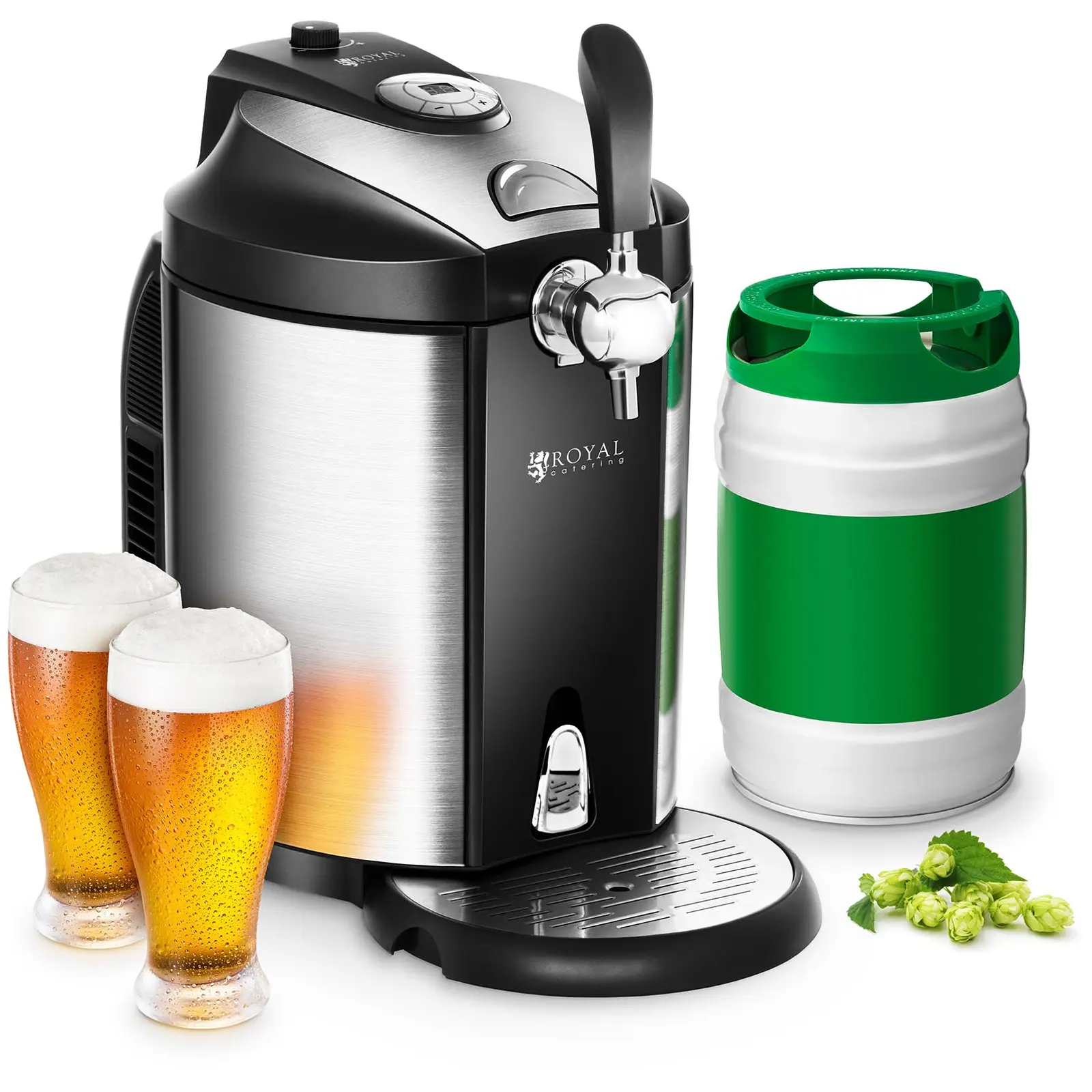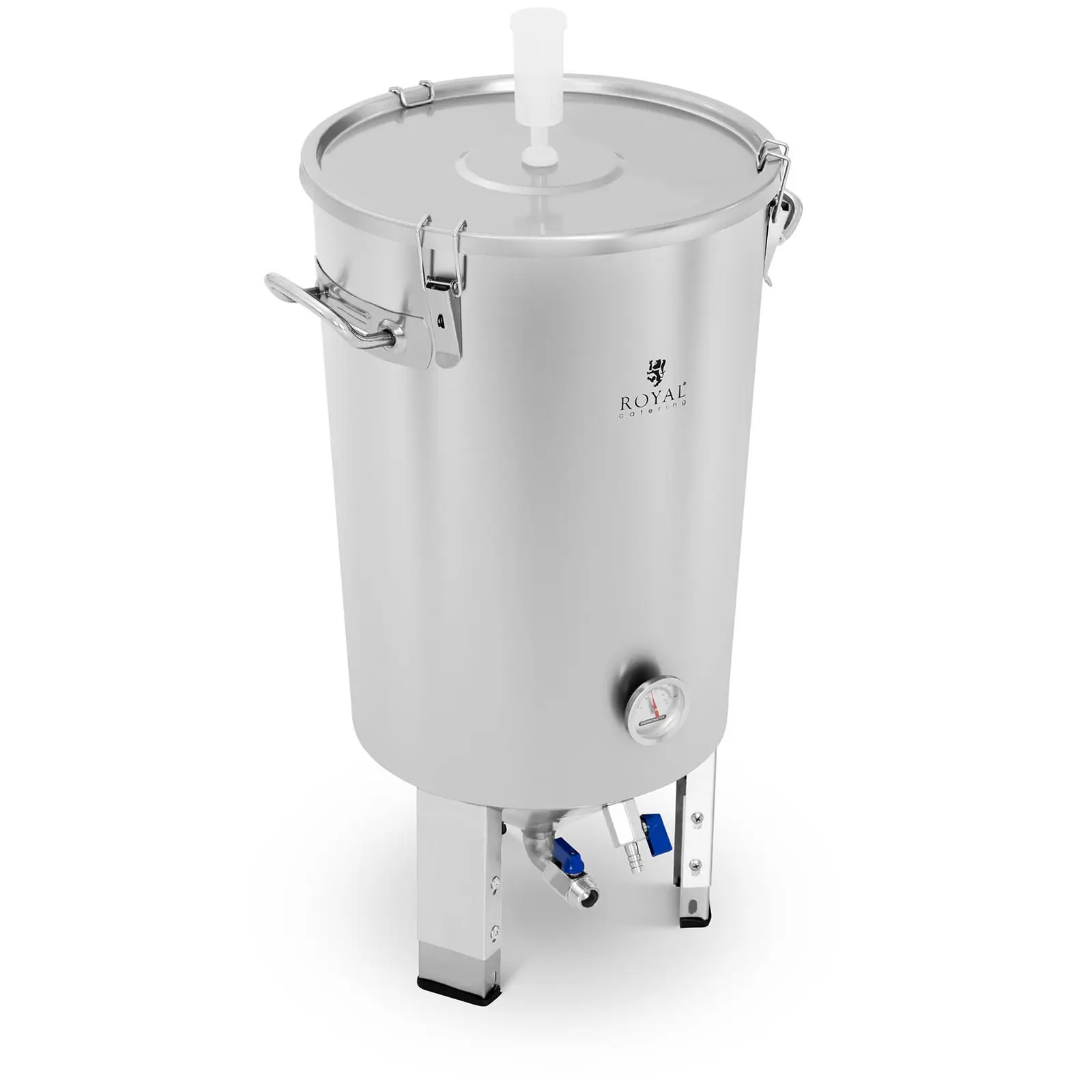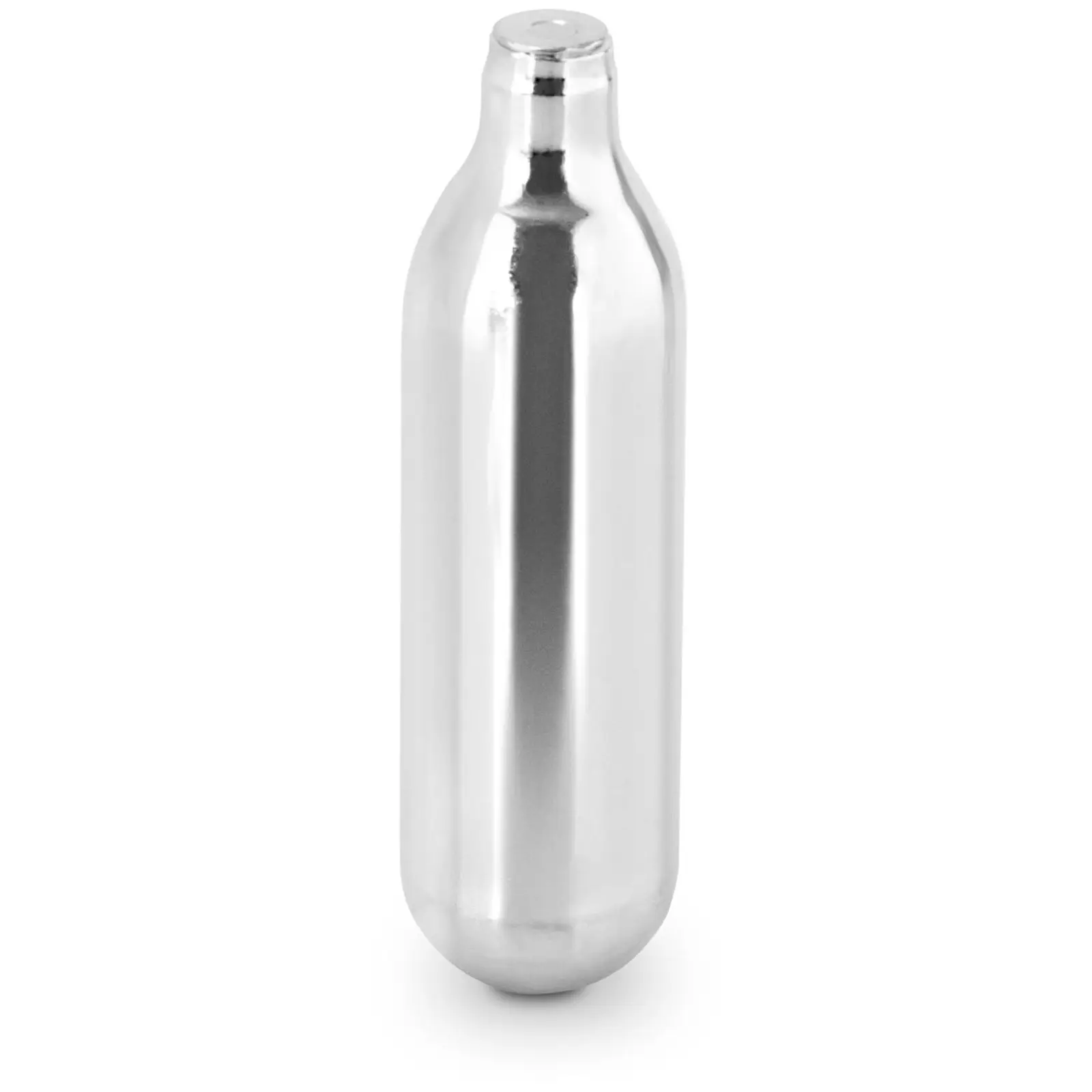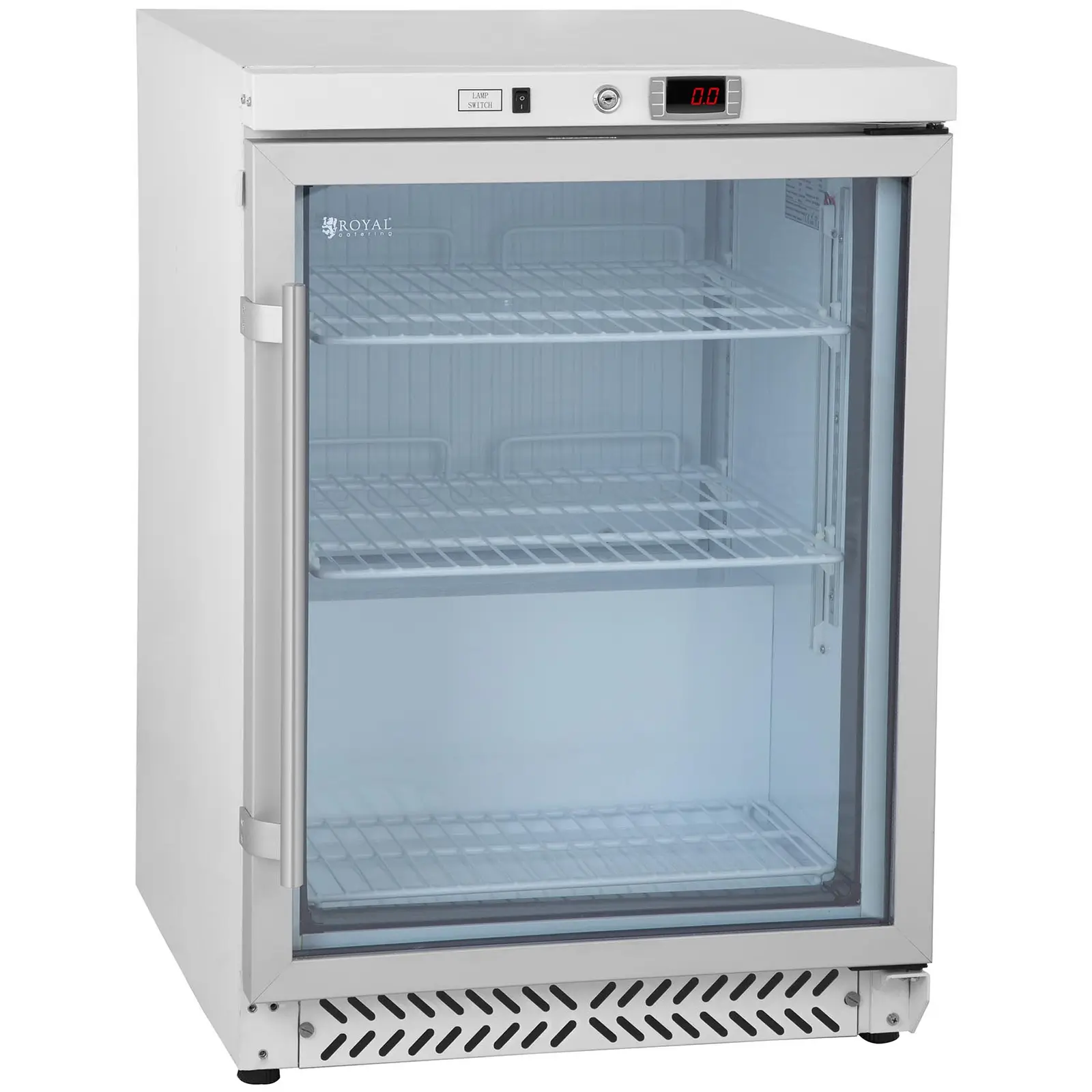Many beer drinkers often wonder how a beer dispenser works and how to properly tap the keg. This may seem obvious if you have experience working behind the bar, but even then you might learn something new from our guide.

Many beer drinkers often wonder how a beer dispenser works and how to properly tap the keg. This may seem obvious if you have experience working behind the bar, but even then you might learn something new from our guide.
How does a beer tap work?
To fully understand how a beer tap works, you need to understand its design. Let’s start with discussing the beer tap set, also called a beer dispenser. It consists of three basic elements: a tap, a keg, and a carbon dioxide cylinder (cylinders with a mixture of nitrogen and carbon dioxide are also popular).
The beer dispenser is equipped with a special lever for pouring beer from the tap. To do this you must push it forward or backward. A valve on the side of the tap allows you to regulate the speed and intensity of the beer stream. This can be used, for example, if the beer you have poured has too much foam. The tap is mounted on an extension arm, also called a column. This is almost always cooled, which also keeps the beer cool.
One of the most important features of a keg is that it is tightly closed, with an internal pressure of around 2 bar. This value is responsible for the carbonation of the beer. The pressure is caused by fermentation of the yeast, resulting in a natural gas. Attempting to open the keg would end up in a powerful stream of beer splashing out. The pressure in the carbon dioxide cylinder, on the other hand, is as high as several hundred bar.
These three components are connected to each other by two flexible hoses. The first one is the connection between the keg and the gas cylinder. The second connects the tap to the keg. This creates a closed and pressurised system that allows you to pour beer into mugs or glasses. Let’s take a closer look at how this works.
By tilting the lever you initiate a release of pressure in the entire system (in the barrel, hoses, and also in the cylinder). Carbon dioxide from the bottle gets into the barrel, thus pushing out the beer, which goes through the hose, the cooler, and finally to the tap. As you can see, there are no mechanisms or pumps used in the process. Everything is down to the laws of physics, in which pressure equalises. This is how draft beer is served.
Connecting CO2 to a beer dispenser
Now that you know the basics of how to pour beer, you can enjoy a perfectly foamed glass of your favourite type. Of course nothing lasts forever, and both the carbon dioxide cylinder and even the largest keg will eventually become empty. Their replacement, i.e. disconnecting the empty tank and connecting a full one, is a regular task of bartenders.
So let’s start with the CO2 cylinder. This requires replacement much less often than the beer kegs. To do this, unscrew the pressure regulator from the cylinder using a large spanner or, depending on the design, by turning the quick fastener. Then screw on the full cylinder in the same way. However, remember to open the valve on the cylinder only after it is properly screwed on. The installation must be air-tight and gas must not leak. So as you can see, it is actually not that difficult at all.
Also bear in mind that the gas in the cylinder has a compressed pressure of up to several hundred bars. To adjust it, use a pressure regulator equipped with a pressure gauge, which is unscrewed when replacing the cylinder.
How to change a beer keg
Before taking a closer look at how to change a beer keg, let’s have a look at its construction. This will make it easier to understand both fitting and replacing it later on.
A very tight seal is fitted to the top of the keg, called a fitting. A tube is attached to it inside the keg, reaching all the way to the bottom. This tube then transports the beer into the hose, which is connected to the tap. The hose connecting the tap with the keg fitting ends in a special head, regulated using a lever. This head is also connected to the hose from the carbon dioxide cylinder.
Before reaching the tap, the beer flowing through the hose is chilled. This is where ice water or another cooling agent helps it reach the ideal temperature for consumption. But let’s get back to changing the keg.
Just like disconnecting and connecting the carbon dioxide cylinder, replacing a beer keg is also relatively simple. In principle, all you need to do is pull the handle on the head so that it points upwards, then connect the barrel and push the handle down. And that’s it.
Remember, however, not to disconnect a keg that still has beer in it. Also, after disconnecting the empty keg but before connecting a full one, rinse the entire system with water.
How to tap a keg – summary
Serving beer is a fascinating process for many people. For many other it remains a mystery, as they are more interested in the final product, i.e. a perfectly foamed glass of beer. In each case, however, beer dispensers play an important role in the process of serving beer at the pub, or even at home.
They are simple to use and tapping a keg is also relatively easy. Therefore, regardless of whether you are a professional bartender or simply want to serve good beer at home, this knowledge will certainly help you achieve your goals.










Share